Power Articles
Industry Elevating Content
Roofing Materials and Techniques: Latest Trends and Best Practices in Roofing
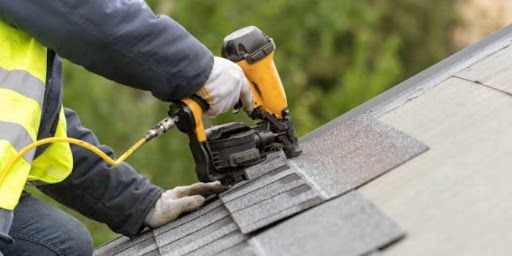
PowerArticles
Jan. 29, 2024
As technology and innovation continue to reshape the construction landscape, it is crucial for businesses in the home improvement sector to stay abreast of the most recent developments in roofing. This article aims to provide a comprehensive overview of cutting-edge roofing materials and techniques that not only enhance the durability and aesthetics of roofs but also align with sustainable and eco-friendly practices.
From high-performance shingles to innovative installation methods, we’ll explore how embracing these trends can not only elevate the quality of roofing projects but also contribute to the overall efficiency and success of home improvement endeavors. So, let’s embark on a journey through the evolving realm of roofing, where staying informed is key to ensuring customer satisfaction and business growth.
Latest Trends in Roofing Materials
As home improvement continues to evolve, roofing materials play a crucial role in ensuring durability, energy efficiency, and sustainability. Stay ahead of the curve by exploring the latest trends in roofing materials.
A. Sustainable Options
In the quest for environmentally friendly choices, homeowners and contractors alike are turning to sustainable roofing materials. These options, such as recycled metal, reclaimed wood, and eco-friendly shingles made from recycled plastics or rubber, are gaining popularity. Beyond their green credentials, these materials often boast impressive longevity, reducing the need for frequent replacements.
Choosing sustainable roofing offers a myriad of benefits. It not only minimizes the environmental impact by utilizing recycled materials but also contributes to energy efficiency. These materials often provide better insulation, reducing the reliance on heating and cooling systems. Additionally, many sustainable options are recyclable themselves, creating a more circular and eco-friendly roofing lifecycle.
B. Solar Roofing
The integration of solar panels into roofing materials is a game-changer in the industry. Homeowners are increasingly drawn to the dual functionality of solar roofing, where energy production and roof protection coexist seamlessly. Solar roofing tiles or shingles, designed to resemble traditional roofing materials, discreetly house solar cells.
The advantages of solar roofing extend beyond environmental considerations. Homeowners enjoy reduced energy bills as the solar panels harness sunlight to generate electricity. Moreover, some regions offer incentives or rebates for installing solar panels, making this roofing trend economically appealing.
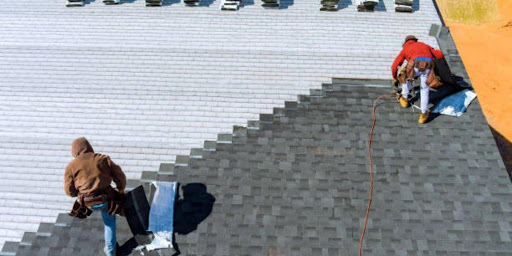
C. Cool Roofs
Cool roofs are another innovation in roofing materials, particularly beneficial in warm climates. These roofs incorporate reflective materials that bounce sunlight away and absorb less heat, keeping the building cooler. Reflective roofing materials come in various forms, including reflective coatings, tiles, or shingles.
The energy-efficient benefits of cool roofs are significant, especially in areas with prolonged exposure to sunlight. By reflecting rather than absorbing heat, these roofs help reduce indoor temperatures, easing the load on air conditioning systems. Lower energy consumption not only translates into cost savings for homeowners but also contributes to a greener and more sustainable approach to residential construction.
Best Practices in Roofing Techniques
Roofing is a critical aspect of home construction and maintenance, ensuring protection against the elements and enhancing overall structural integrity. Adopting best practices in roofing techniques is essential for longevity and performance. Home improvement companies must prioritize proper installation, regular inspections, and timely repairs or replacements to ensure customer satisfaction and safety.
Proper Installation
Importance of Professional Installation:
Professional installation is the cornerstone of a durable and reliable roof. Home improvement companies should emphasize the significance of hiring certified and experienced roofers. Properly installed roofs not only meet industry standards but also reduce the risk of leaks, structural damage, and premature aging. It ensures that the roofing materials perform optimally and adhere to manufacturer specifications, contributing to the overall efficiency of the roofing system.
Common Mistakes to Avoid:
Educating roofers about common installation mistakes is crucial. This includes issues such as improper flashing, inadequate ventilation, and incorrect material alignment. Overlooking these details can lead to significant problems down the line. Training and awareness programs should be implemented to ensure that installation crews are well-versed in avoiding these mistakes, enhancing the reputation of home improvement companies and minimizing callbacks for repairs.
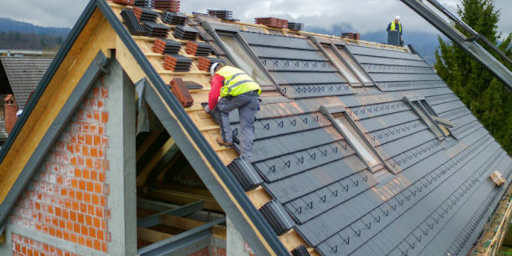
Roof Inspection and Maintenance
Regular Inspections to Prevent Issues:
Regular roof inspections are a proactive approach to identify potential issues before they escalate. Home improvement companies should stress the importance of scheduled inspections, especially after severe weather events. Detecting minor problems early on allows for timely repairs, preventing extensive damage and reducing overall maintenance costs.
Tips for Homeowners to Maintain their Roofs:
Providing homeowners with practical tips for roof maintenance empowers them to take an active role in preserving their investment. Simple tasks such as clearing debris, checking for loose shingles, and inspecting gutters can go a long way in preventing common roofing issues. Home improvement companies can offer informative materials or conduct workshops to educate homeowners about these basic maintenance practices.
Roof Repair and Replacement
Signs of Roof Damage:
Roofers must be trained to recognize signs of damage, such as water stains, sagging areas, or missing shingles. Identifying these indicators early allows for prompt repairs, avoiding more extensive and costly issues. Companies should invest in continuous training programs to keep their teams updated on the latest diagnostic techniques.
Choosing the Right Time for Replacement:
Timing is crucial when it comes to roof replacement. Educating both homeowners and roofing professionals about the factors influencing this decision, such as the age of the roof, extent of damage, and budget considerations, ensures informed choices. This approach enhances customer satisfaction by preventing premature replacements or delayed interventions.
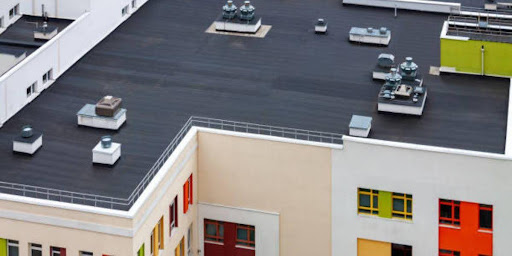
Choosing the Right Roofing Material for Different Climates
In diverse climates, selecting the appropriate roofing material is paramount for longevity and optimal performance. Home improvement companies must consider specific factors based on the climate of the region.
In cold climates, insulation and the ability to withstand snow load are critical considerations. Adequate insulation not only keeps homes warm but also prevents ice dams, which can compromise the roof’s integrity. Additionally, materials resistant to freezing temperatures, such as asphalt shingles and metal roofing, are recommended. These materials are less prone to cracking or warping in extreme cold, ensuring durability in chilly conditions.
Conversely, in hot climates, the focus shifts to reflective and heat-resistant materials. Reflective roofing materials, like cool roofing options, can help mitigate heat absorption, reducing the need for excessive cooling. Adequate ventilation techniques also become essential to dissipate heat effectively. Proper ventilation not only prevents the buildup of hot air in the attic but also extends the lifespan of the roofing materials by preventing heat-related damage.
Home improvement companies need to be well-versed in these considerations to guide homeowners towards the most suitable roofing options. For instance, in areas with a cold climate, they might recommend metal roofing for its durability and resistance to freezing temperatures. In hot climates, on the other hand, they may advocate for cool roofing materials and effective ventilation systems to enhance energy efficiency and maintain a comfortable indoor environment.
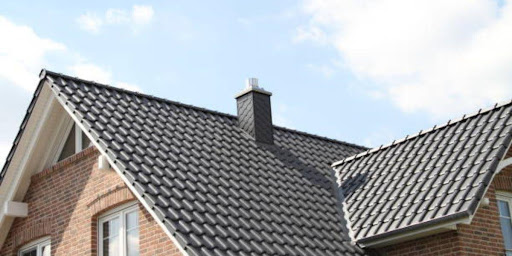
Conclusion
In conclusion, staying abreast of the latest trends and adopting best practices in roofing materials and techniques is crucial for home improvement companies aiming to provide quality services. The dynamic nature of the roofing industry requires professionals to constantly update their knowledge on innovative materials and installation methods. Embracing sustainable and energy-efficient roofing options not only meets the growing environmental demands but also aligns with the preferences of eco-conscious homeowners. Additionally, prioritizing safety measures and ensuring proper training for roofing teams contributes to successful project outcomes and customer satisfaction.
Published By
PowerArticles
Jan. 29 2024